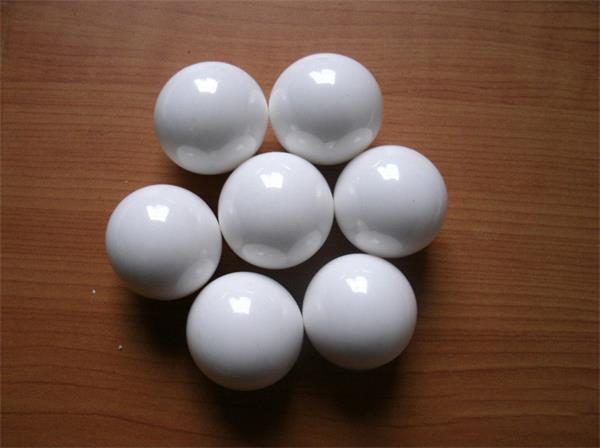

- 2020-05-09 13:13-
Elastic deformation refers to a certain amount of deformation of the material under the action of external force. After the external force is removed, the material can return to the original shape of deformation. So what are the characteristics of elastic deformation of zirconia ceramics?
(1) Metal materials generally undergo two stages of elastic deformation and plastic deformation before breaking under static tensile load at room temperature, while ceramic materials generally do not appear in the plastic deformation stage, and brittle fracture occurs immediately after elastic deformation with very small strain , The elongation and area shrinkage are almost zero.
(2) The modulus of elasticity in compression is much higher than the modulus of elasticity in tension, that is, E compression> E tension. At the same time, ceramic materials can also produce a small amount of compressive plastic deformation when compressed. Generally, metal materials, even very brittle cast iron, have a tensile strength of 1/3 to 1/4 of the compressive strength. However, the tensile strength of ceramic materials is often less than 1/10 of the compressive strength.

(3) The modulus of elasticity of ceramic materials is much larger than that of metals, often one to several times higher. The elastic modulus of ceramic materials is not only related to the bonding bond, but also related to the type, distribution ratio and porosity of its constituent phases, because the forming and sintering process of ceramics has a significant impact on the elastic modulus.
(4) The strength of ceramic materials when compressed is much greater than when they are stretched. This is a feature or advantage of brittle materials.
(5) Compared with metal materials, ceramic materials have good resistance to creep at high temperatures, and they also have certain plasticity at high temperatures.
Previous:Previous:The Application of Zirconia in the Field of Structural Ceramics and Functional Ceramics Next: Next:The Forming Process and Selection Method of Zirconia Beads